IMP dehydrogenase: structure, mechanism, and inhibition
- PMID: 19480389
- PMCID: PMC2737513
- DOI: 10.1021/cr900021w
IMP dehydrogenase: structure, mechanism, and inhibition
Figures


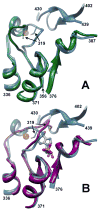
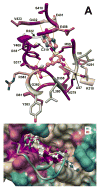






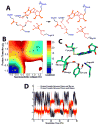

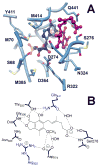










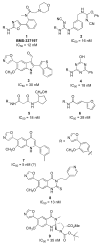
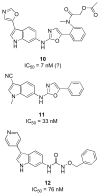
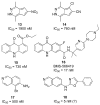

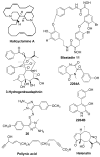



References
Publication types
MeSH terms
Substances
Grants and funding
LinkOut - more resources
Full Text Sources
Other Literature Sources
Molecular Biology Databases

